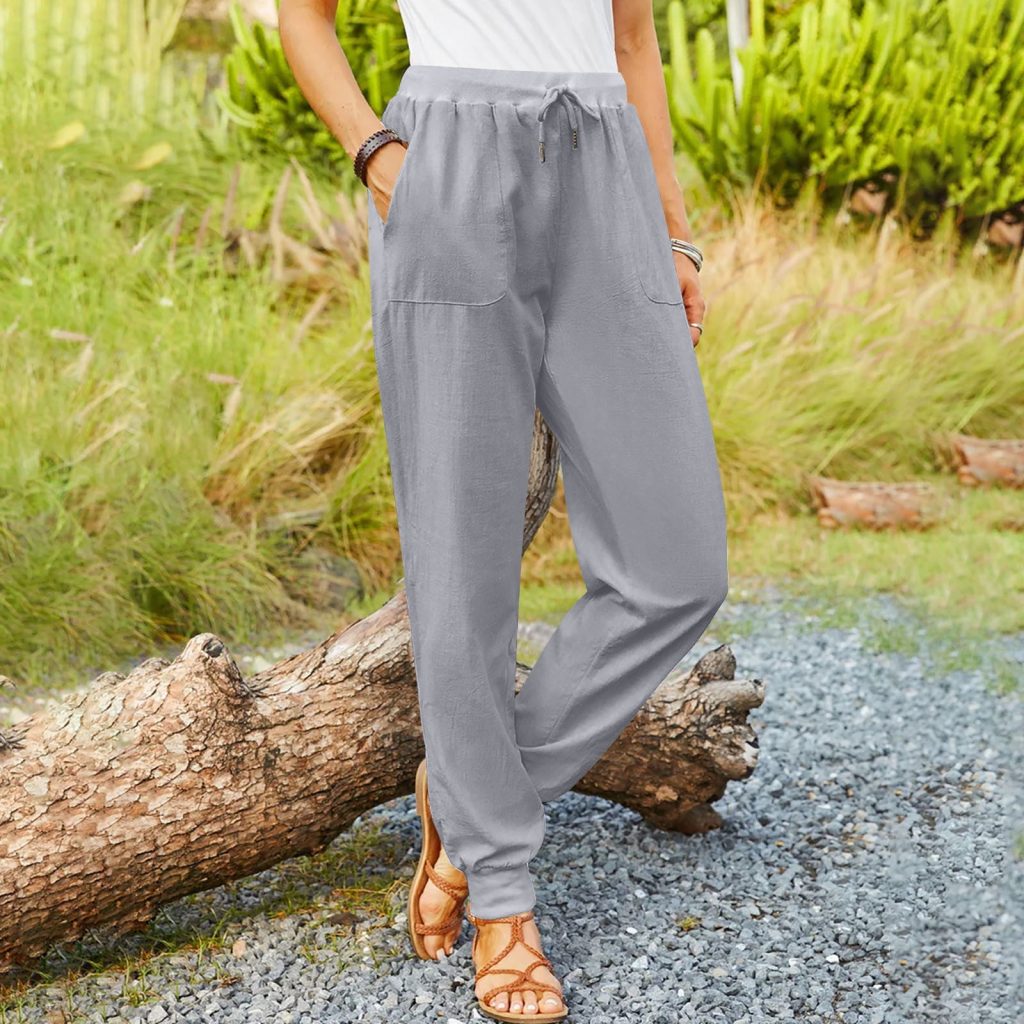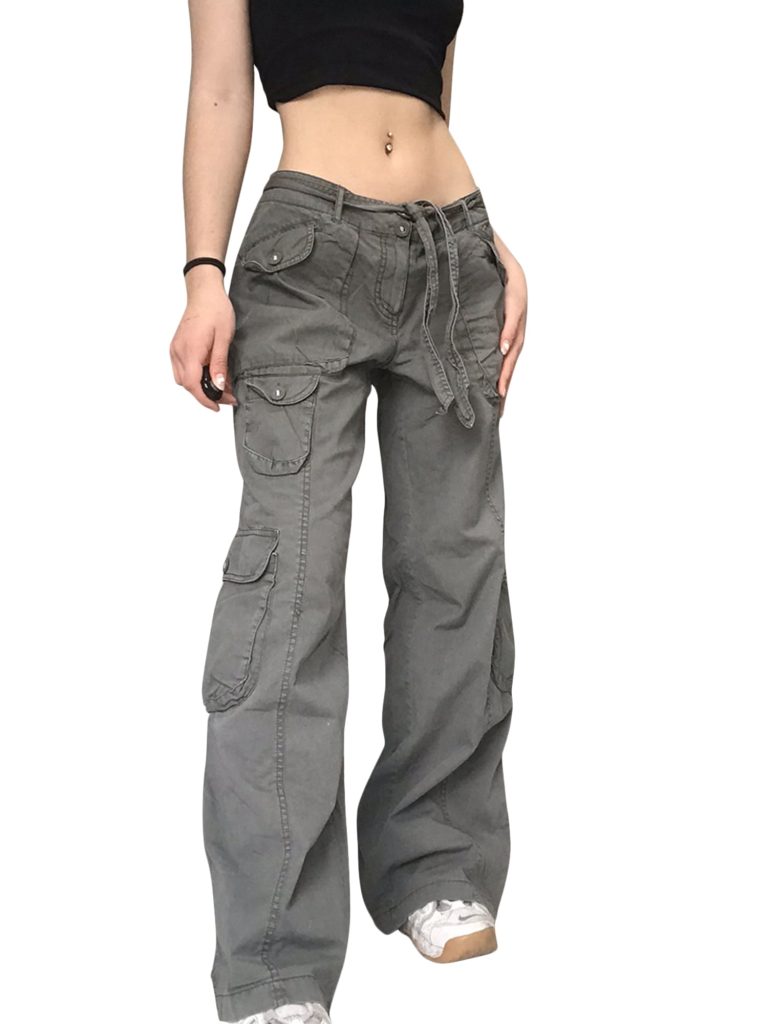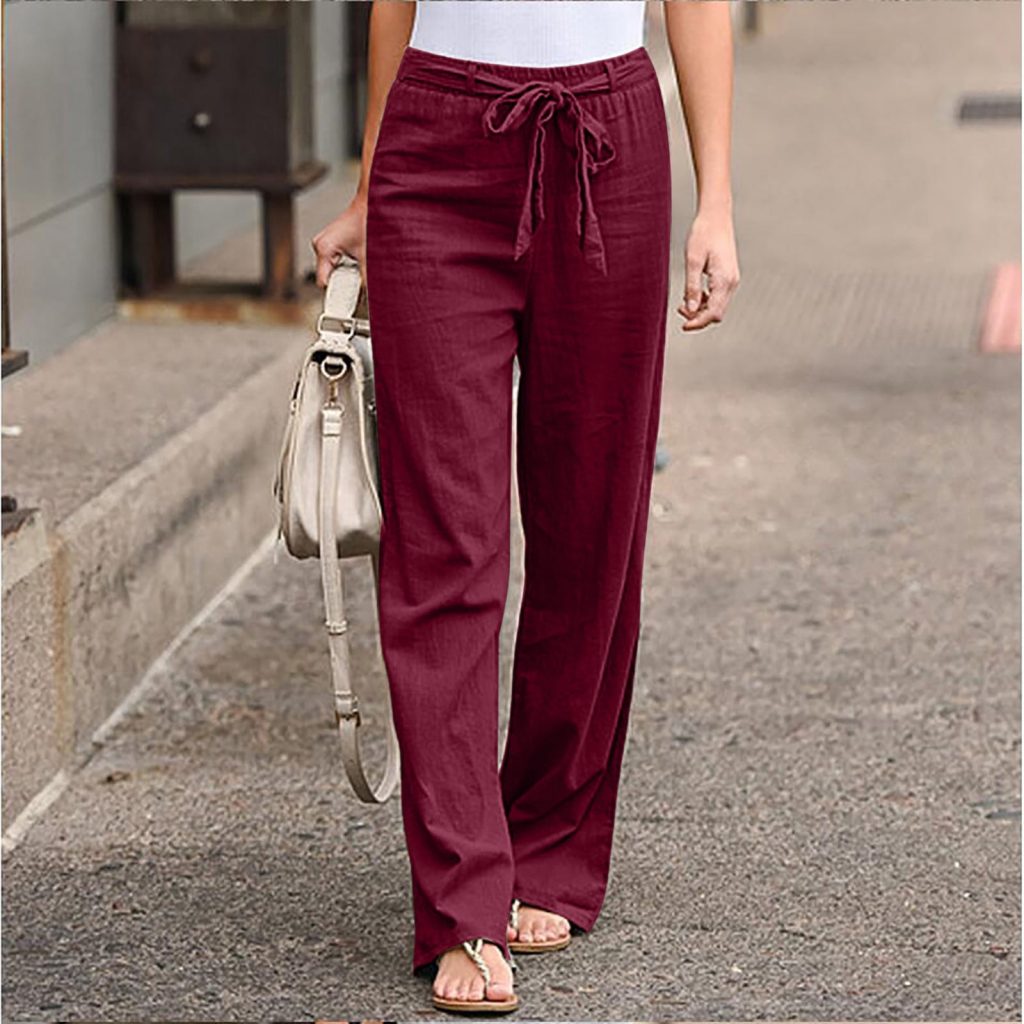Why don t women’s pants have pockets? One puzzling fashion phenomenon that many women have encountered is the lack of functional pockets in their pants. Unlike men’s pants, which typically come equipped with ample pockets, women’s pants often feature small or non-existent pockets. This discrepancy has led to frustration and raised questions about the reasons behind this design choice. In this guide, we will explore the historical and cultural factors that have contributed to the absence of pockets in women’s pants, as well as the impact and ongoing conversation surrounding this issue.

Historical Perspective:
Historically, women’s clothing has placed more emphasis on aesthetics than practicality. In the past, women’s apparel often prioritized slim silhouettes and elegant lines, which necessitated slender and form-fitting designs. Pockets were seen as a disruption to these polished aesthetics, as they created bulk and disrupted the desired silhouette.
Gendered Division of Labor:
The absence of pockets in women’s clothing can be traced back to traditional gender roles and divisions of labor. In the past, women were not expected to participate in certain activities that required the use of pockets, such as manual labor or carrying tools. As a result, pockets were not deemed necessary or functional in women’s clothing.
Handbag Emergence:
The rise of the handbag in the late 18th and 19th centuries played a significant role in the marginalization of pockets in women’s clothing. Handbags provided a practical solution for carrying personal items, reducing the need for pockets as a functional design element. The handbag industry flourished, resulting in a shift away from clothing with built-in storage.

Emphasis on Appearance:
Throughout history, women’s fashion has been heavily influenced by societal expectations, which often prioritize appearance over functionality. The focus on accentuating curves, creating smooth lines, and maintaining a tailored look contributed to the exclusion of pockets from women’s clothing. Designers strived for sleek and polished silhouettes, which pockets were perceived to disrupt.
Consumerism and Profitability:
The fashion industry is driven by consumer demand and profitability. The lack of pockets in women’s clothing has created a market for additional accessories such as purses, handbags, and clutches. By promoting the necessity of these items, designers and retailers have encouraged increased consumer spending and boosted profitability.
Activism and Ongoing Conversations:
In recent years, there has been a resurgence of activism and conversation surrounding the lack of pockets in women’s clothing. Advocacy groups and individuals have challenged the norm, highlighting the practicality and inherent gender disparities caused by this design choice. Some brands and designers have responded by incorporating functional pockets into cargo pants popular, reflecting a shift in consumer demand and social awareness.
Fashion Moving Forward:
As fashion evolves, there is increasing recognition of the need for functionality in women’s clothing. Some designers have responded to the demand for pockets by incorporating functional pockets into their designs, offering women both style and practicality. Customer feedback, social media influence, and changing societal norms have contributed to this shift towards more inclusive and functional fashion choices.

How to clean women’s pants
Cleaning and maintaining women’s pants is crucial for preserving their appearance, longevity, and comfort. Different types of fabrics and textures require specific care methods to ensure effective cleaning without damaging the material.
Read the Care Label:
Before proceeding with any cleaning method, carefully read and follow the instructions provided on the care label attached to your dress pants. The care label provides important guidance on recommended cleaning methods, temperature settings, and any specific considerations regarding the fabric or construction of your pants.
Spot Cleaning:
Spot cleaning is an effective way to address small stains or localized areas of dirt on your pants. Here’s how to spot clean:
- Mix a small amount of mild detergent or laundry soap with water to create a soapy solution.
- Dip a clean cloth or sponge into the solution and gently blot the stained area, applying light pressure.
- Continue blotting until the stain lifts. Avoid rubbing, as it can spread the stain or damage the fabric.
- Rinse the area with a clean cloth or sponge dampened with water to remove any residual soap.
- Gently pat the cleaned area with a dry cloth or towel, and allow it to air dry.
Machine Washing:
Most women’s pants are machine washable, but it’s important to follow the care label instructions and specific fabric requirements. Here’s a general process for machine washing:
- Close all buttons, zippers, and fastenings on your pants to prevent damage during the wash cycle.
- Turn the pants inside out to protect the outer surface during washing.
- Separate light-colored pants from dark-colored pants to avoid color bleeding.
- Select a gentle or delicate cycle on your washing machine using cold water and a mild detergent suitable for the fabric.
- Once the wash cycle is complete, remove the pants from the machine.
- Hang them to air dry or follow the care label instructions for tumble drying, if applicable.

Note:
Some delicate or specific fabrics may require professional dry cleaning. Refer to the care label or consult with a professional for expert advice.
Hand Washing:
For delicate fabrics or crust pants that are not suitable for machine washing, hand washing is recommended. Follow these steps:
- Fill a clean basin or sink with cold water and add a small amount of mild detergent suitable for hand washing.
- Gently submerge the pants in the soapy water and lightly agitate them to disperse the detergent.
- Allow the pants to soak for a short period, ensuring the water covers the entire garment.
- Gently rub any stained areas using your fingertips.
- Rinse the pants thoroughly with cool water until no soap residue remains.
- Gently press out excess water without wringing or twisting the fabric.
- Hang the pants to air dry in a well-ventilated area away from direct sunlight or heat sources.
Conclusion:
The lack of pockets in women’s pants has historical, cultural, and practical roots. Factors such as traditional gender roles, the emphasis on appearance over functionality, the rise of handbags, and profitability within the fashion industry have contributed to this design discrepancy. However, activism and ongoing conversations surrounding this issue have created a demand for more functional and inclusive clothing options. As awareness increases and societal norms evolve, fashion brands are responding by incorporating functional pockets into women’s pants.

